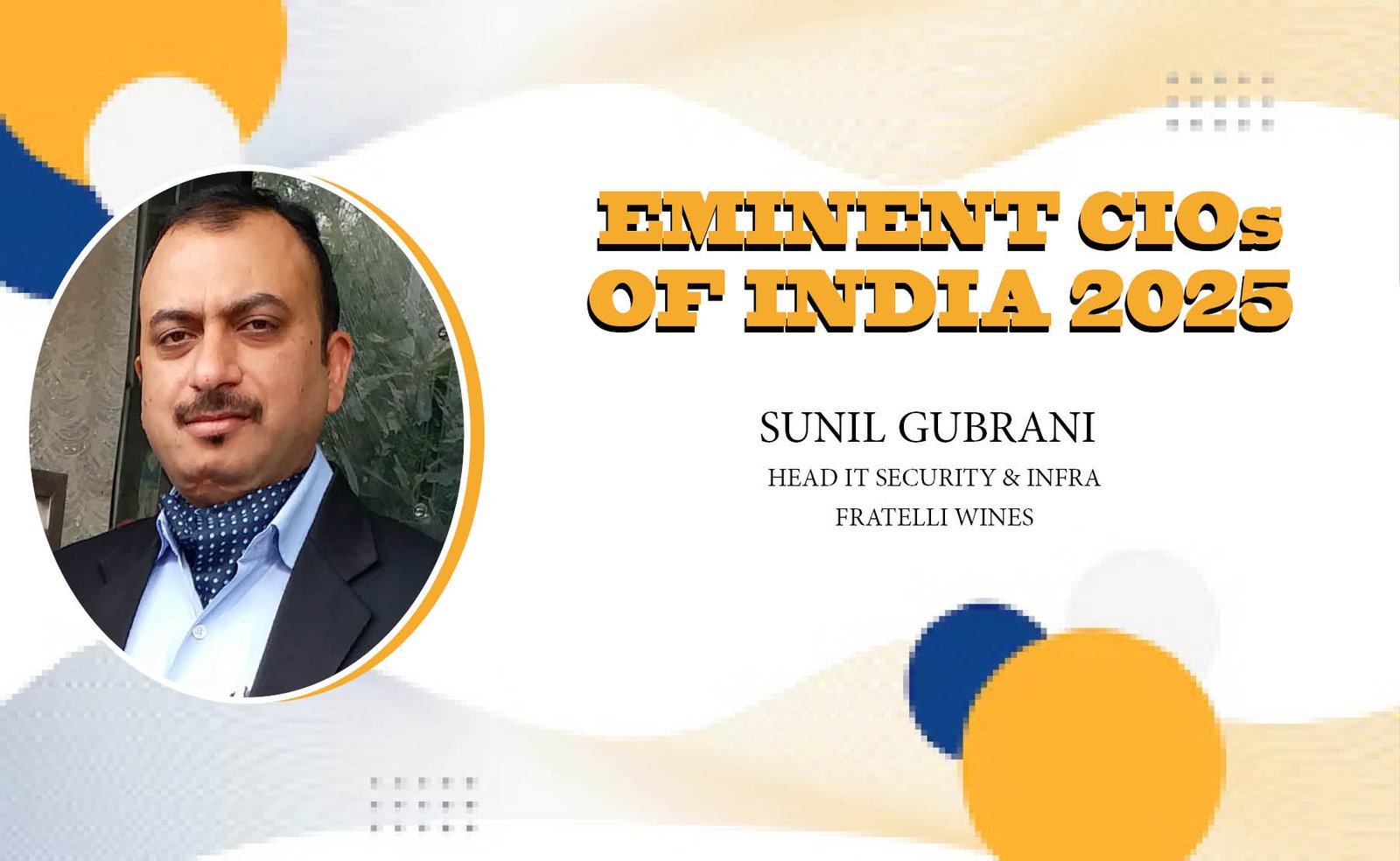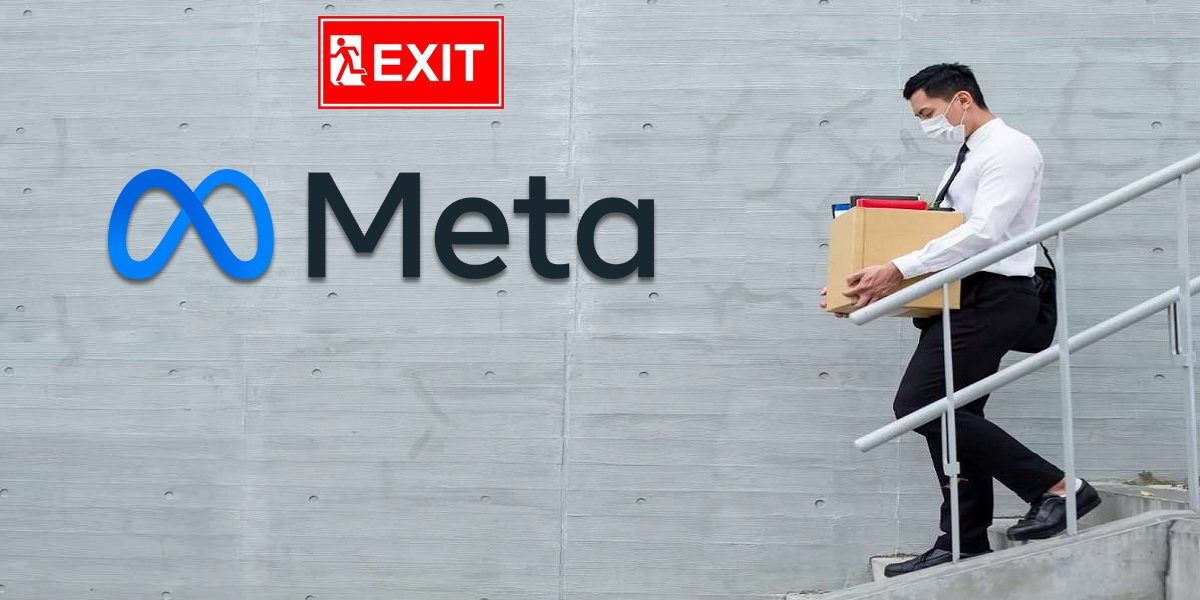Sunil Gubrani, Head IT Security & Infra, Fratelli Wines
Autonomous and Immersive Technologies Reshape Operations
Enterprise technology in 2025 is rapidly evolving with intelligent automation and immersive tools at its core. Agentic AI—autonomous systems capable of making decisions—are expected to handle 15% of daily workplace decisions by 2028. Meanwhile, polyfunctional robots are taking on diverse roles alongside humans, significantly improving productivity. Spatial computing is also gaining ground, blending digital and physical realities through AR/VR, with widespread adoption projected by 2033.
Smarter, Greener, and More Secure Computing
Energy-efficient computing is on the rise, driven by green cloud infrastructure, optimized algorithms, and innovations like optical and neuromorphic processors. Hybrid computing, combining CPUs, GPUs, edge devices, and ASICs, balances performance with flexibility for peak workloads. On the security front, disinformation security and post-quantum cryptography are emerging priorities, with enterprises investing in systems to counter fake content and prepare for quantum-era threats. Ambient sensors are making operations smarter by tracking physical assets in real time.
Evolving Leadership in Tech-Driven Enterprises
CIOs in 2025 are no longer limited to IT management. They now drive digital transformation, influence product strategies, and enhance customer experience. Collaborating across the C-suite, they foster innovation and agility, ensure regulatory compliance, and build cybersecurity resilience. This transformation positions CIOs as essential business leaders, bridging tech with revenue, customer engagement, and organizational strategy.
Embedding a Culture of Cybersecurity
Security is becoming everyone’s responsibility. Companies are building a security-first culture by securing leadership commitment, offering continuous training, integrating security into everyday operations, and recognizing secure behavior. Employees are encouraged to be vigilant and proactive through gamified learning and open communication.
Enterprises are reinforcing IT frameworks by converging AI, automation, and Zero Trust architectures. These measures enable real-time threat detection, automated incident response, and continuous verification. Identity and Access Management (IAM), least-privilege access, and micro-segmentation form the backbone of Zero Trust. Meanwhile, protecting non-human identities like AI agents through token security and human oversight ensures accountability. This holistic security model ensures agility and resilience in a volatile threat landscape.
2025 marks a pivotal year for enterprise tech, with organizations prioritizing autonomy, efficiency, innovation, and security. Forward-looking businesses that embrace these trends and foster a digitally aligned leadership culture will be better equipped to thrive in a fast-changing, intelligent economy.






